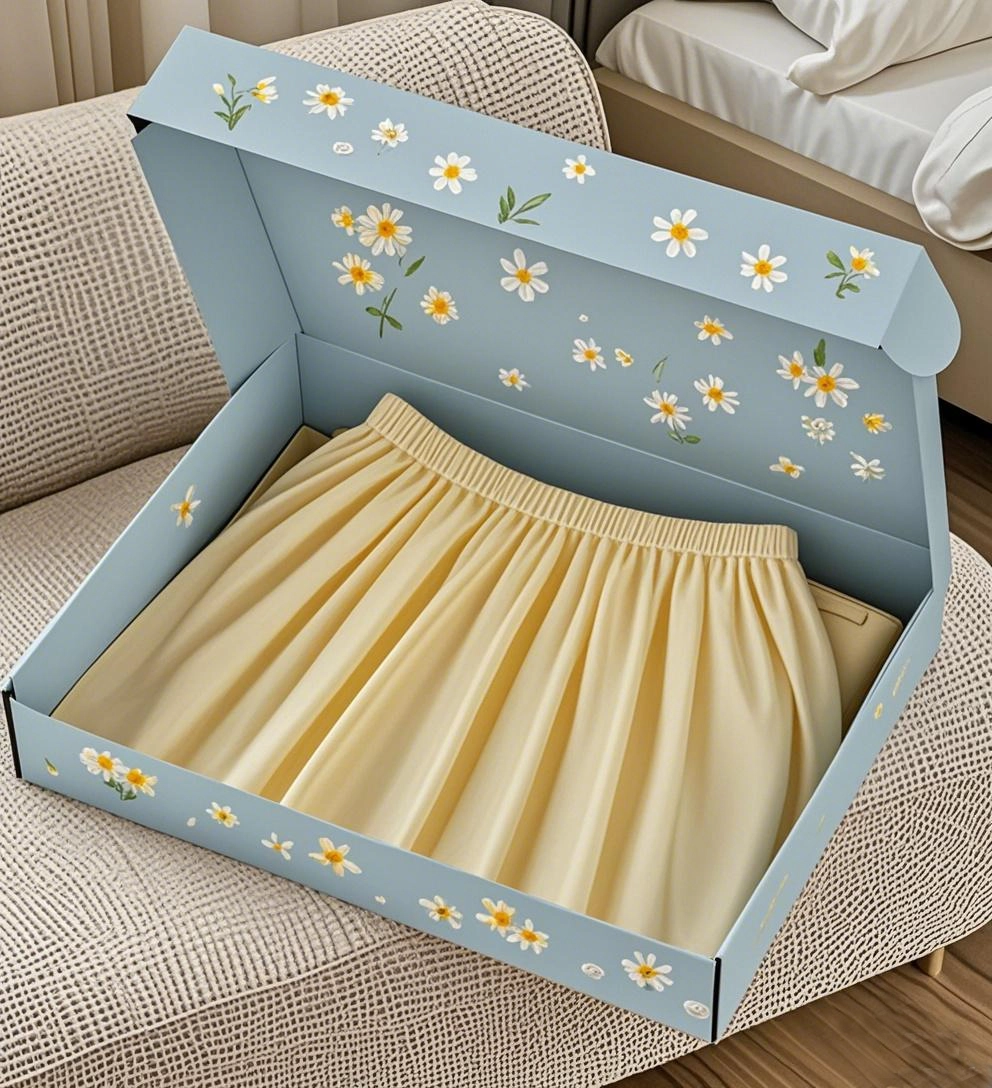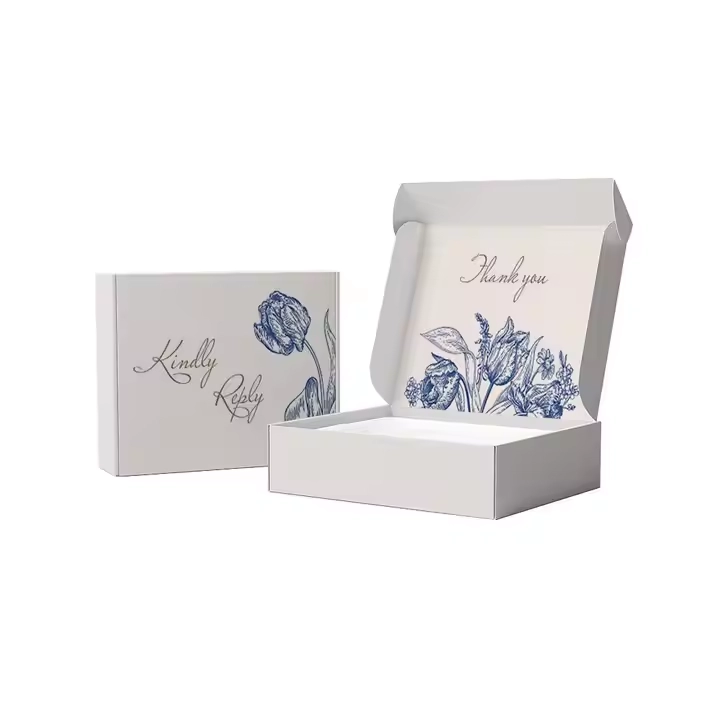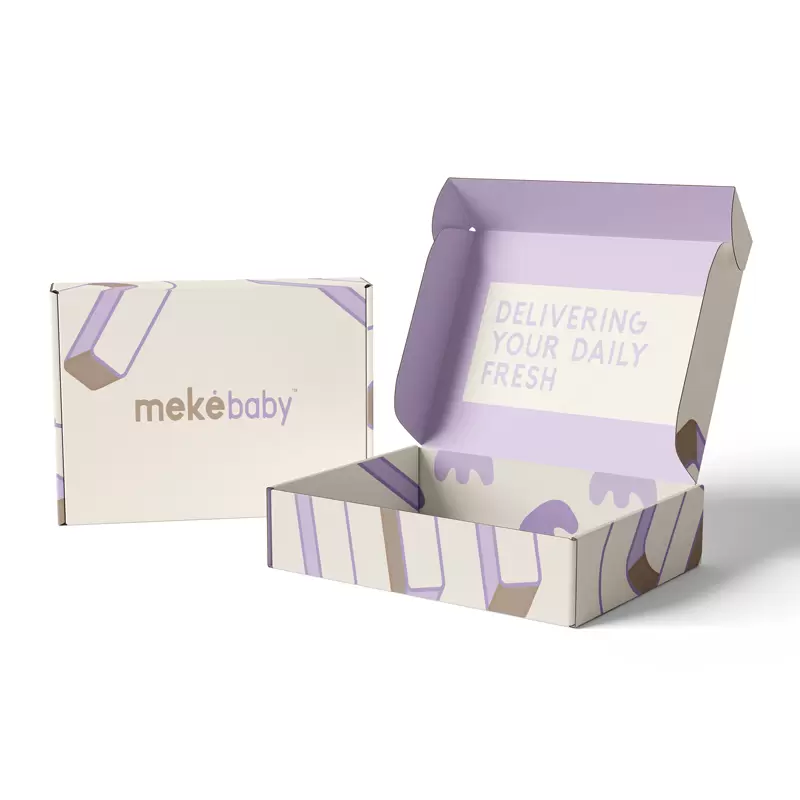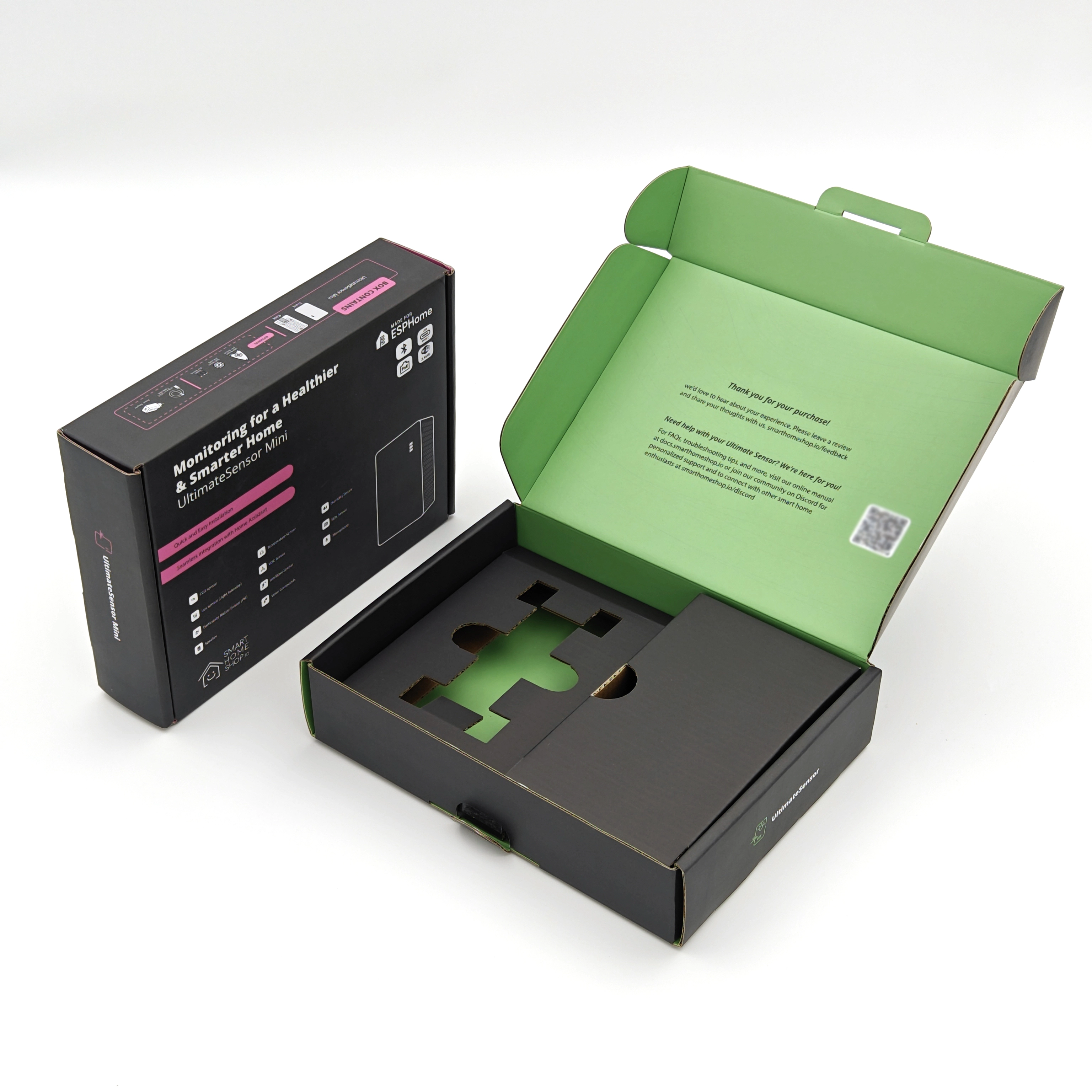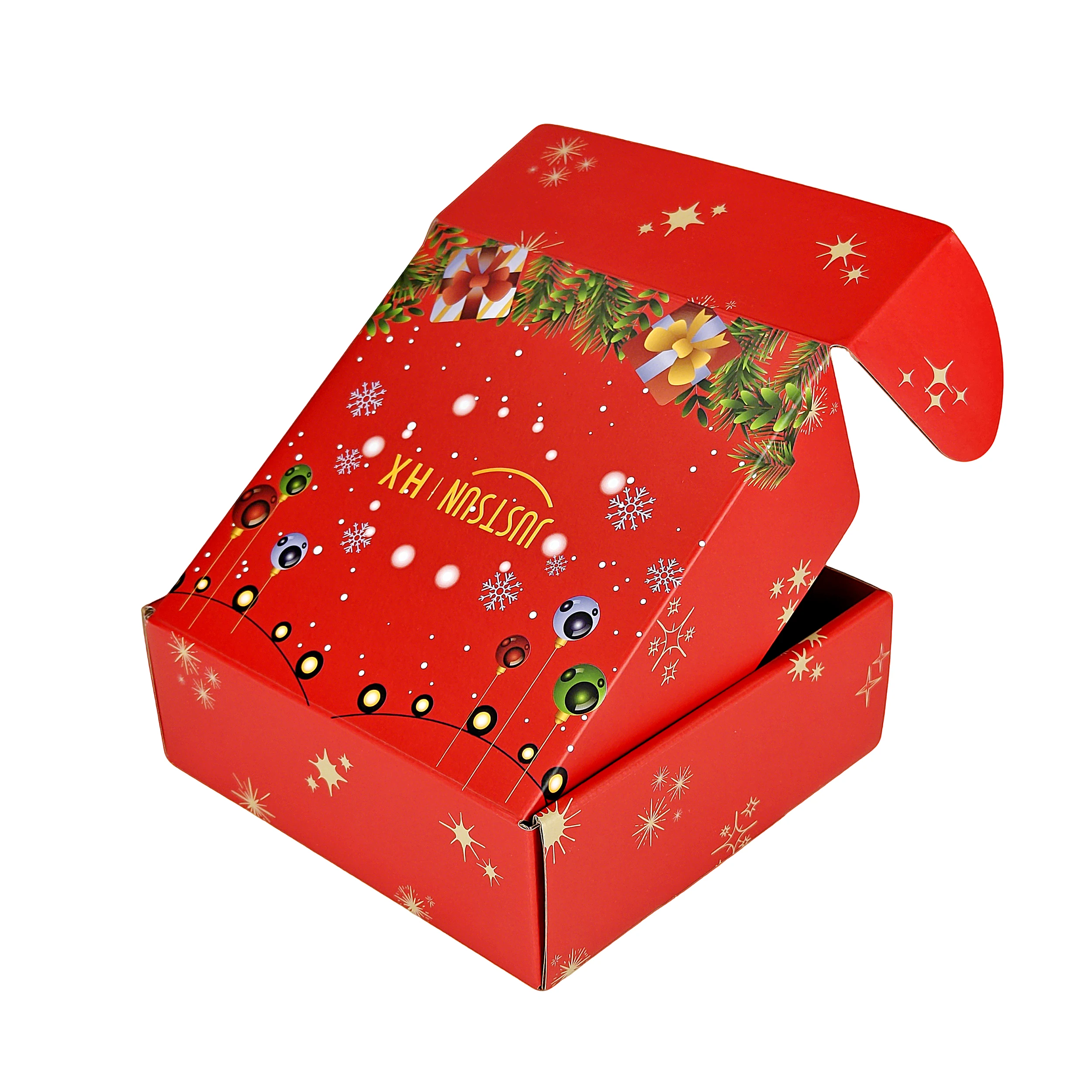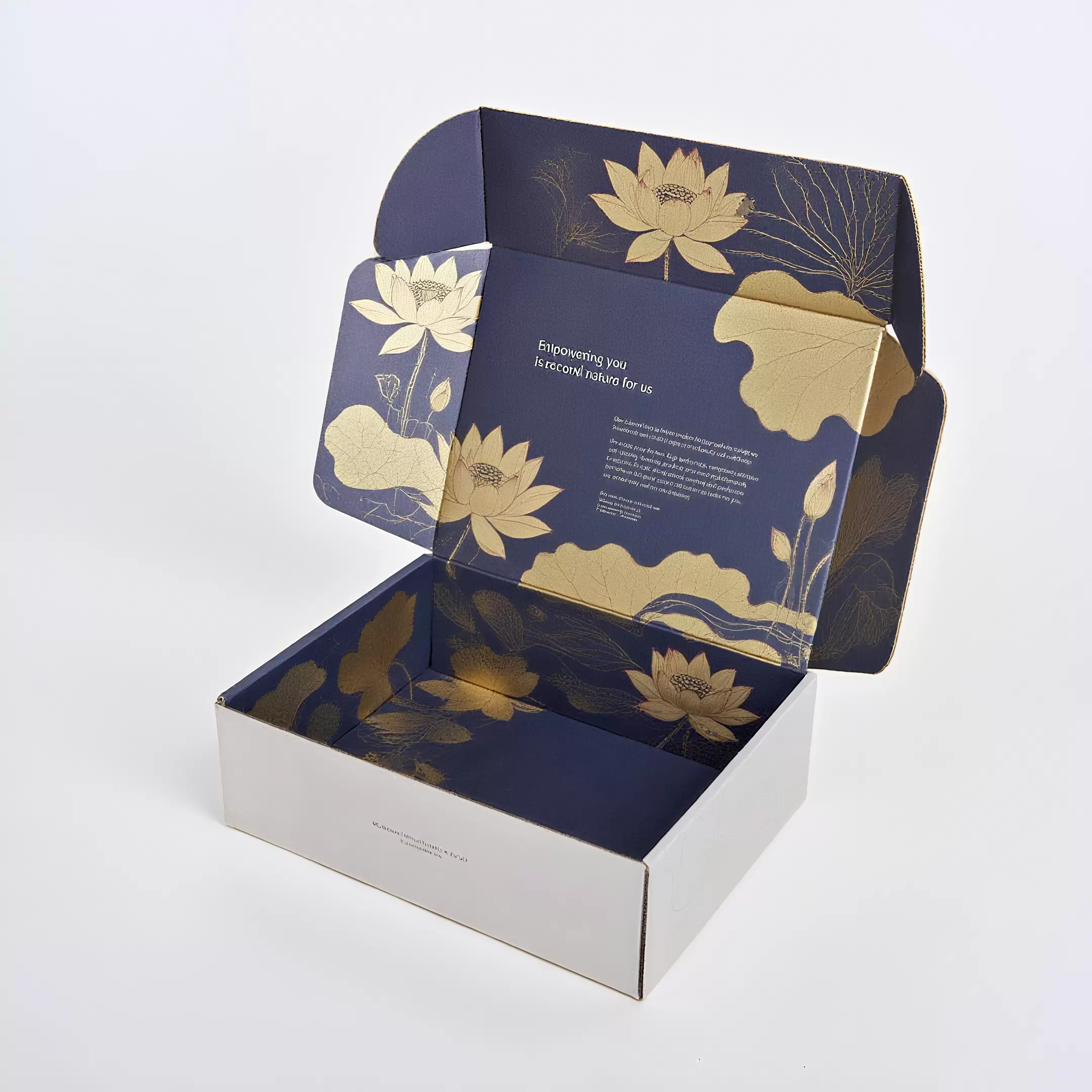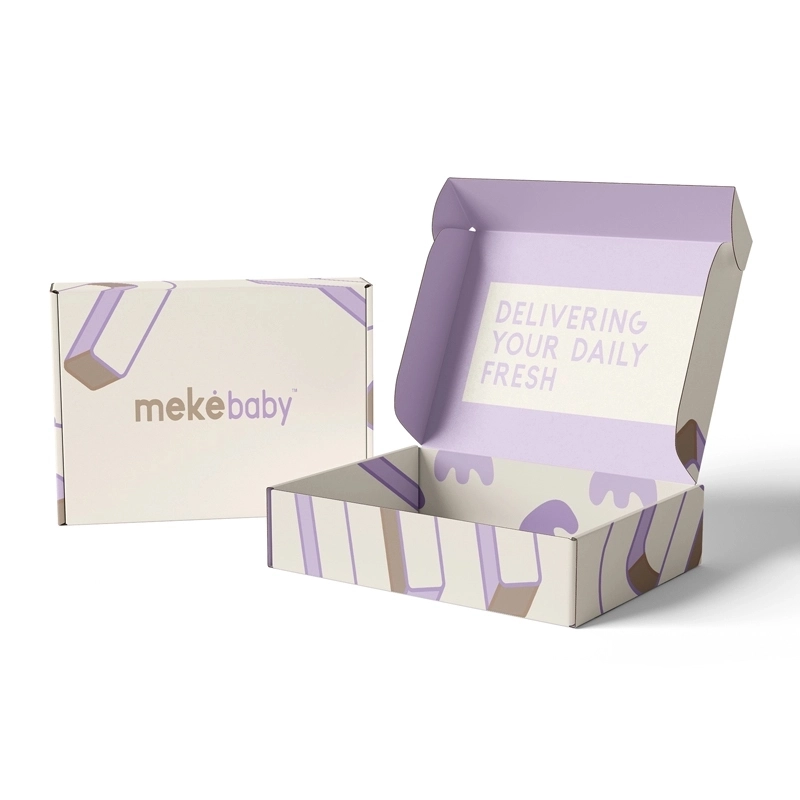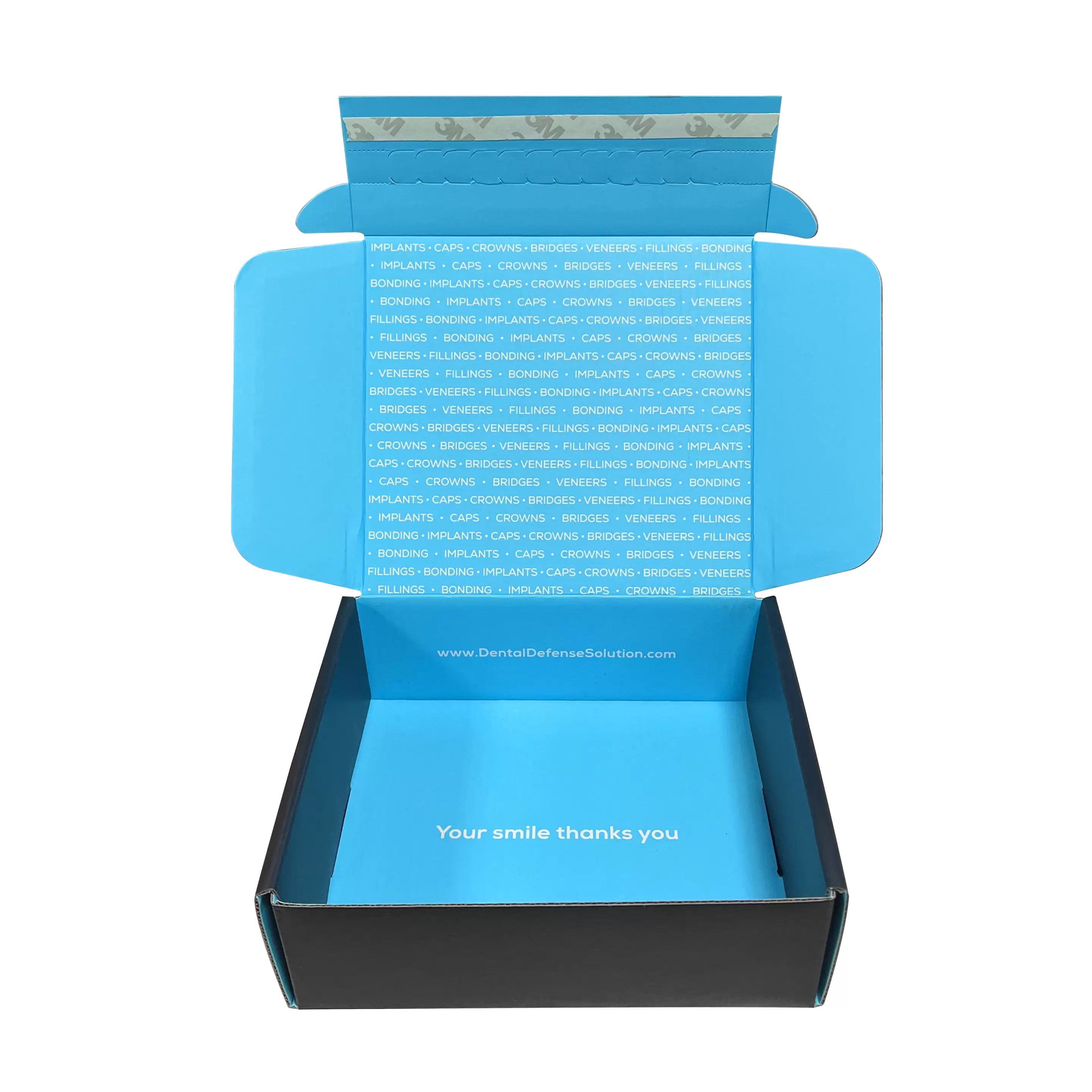Custom Clothing Shipping Boxes
Industrial Use: Clothing, Cosmetics, Electronics, Gift packaging, etc.
Material Option: Singe Wall/Double Wall Corrugated Board+CiS/C2S Paper, Kraft Paper or Special Paper
Logo Treatment: Gold Foil/Stamping, Spot UV, Embossing, Debossing etc.
Printing Handling: Embossing, Glossy Lamination, Matt Lamination, Stamping, UV Coating, Varnishing
Color: CMYK, Pantone color, customized colors
Size: Custom
Advantage: OEM& ODM
Sample time: 5-7 days
Lead time: About 10-15 days (Depends on quantity)
MOQ: 500
In the logistics chain of the clothing industry, the transportation link plays a vital role in ensuring the quality of clothing, conveying the brand image, and controlling costs. Traditional general-purpose transport boxes often struggle to meet the unique needs of various clothing items due to inconsistent sizes and single structures. High-end dresses may be wrinkled due to squeezing, cotton clothes may be damp and moldy in a humid environment, and small children's clothing may be mixed and scattered during transportation. The emergence of customized clothing shipping boxes is precisely to break these limitations. It takes "tailor-made" as the core, starting from the characteristics of clothing; through personalized design of materials, structure, and appearance, it can not only provide precise protection for clothing but also carry brand value in the logistics flow, becoming an important link between the production end and the consumer end and providing strong support for the efficient operation and brand upgrading of clothing companies.
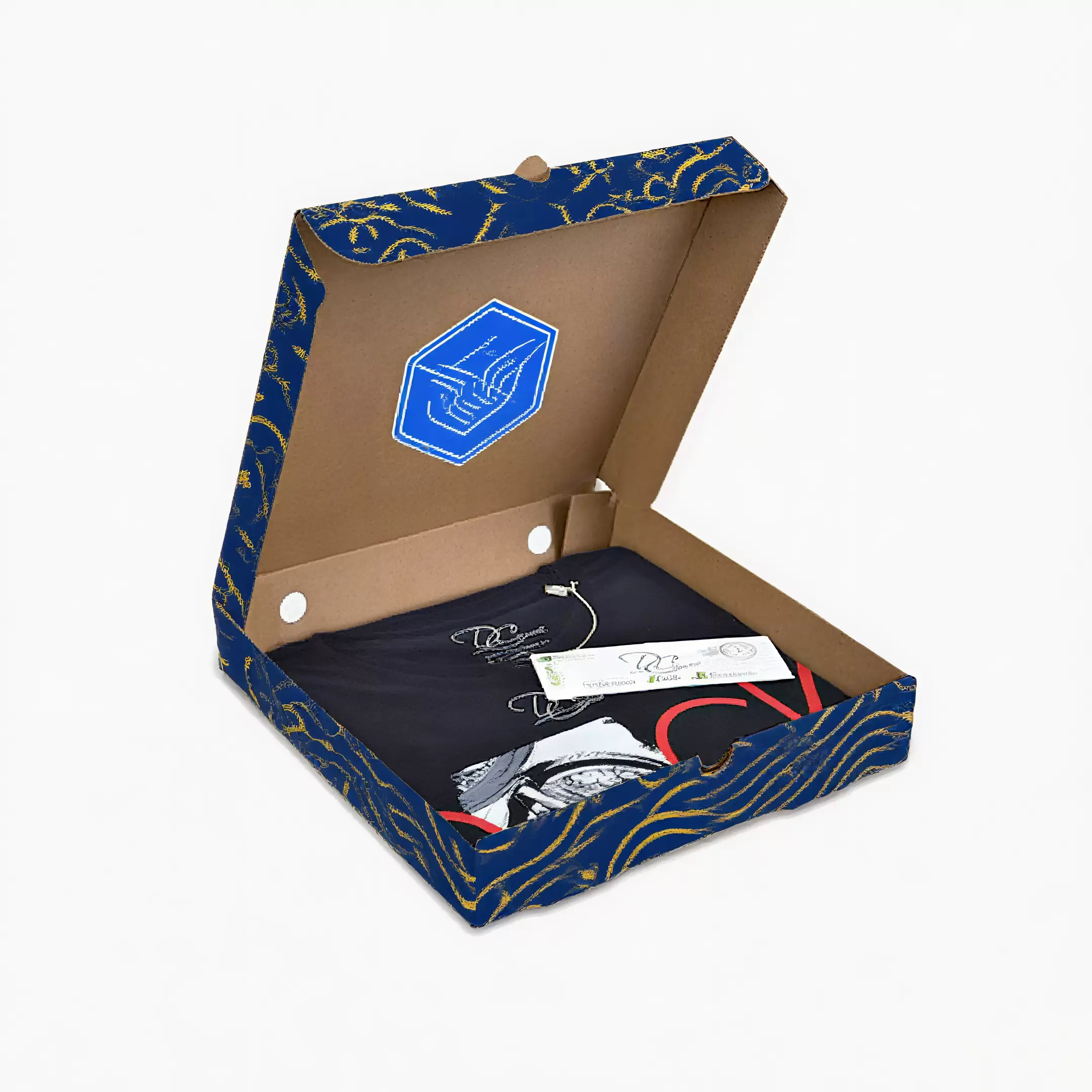
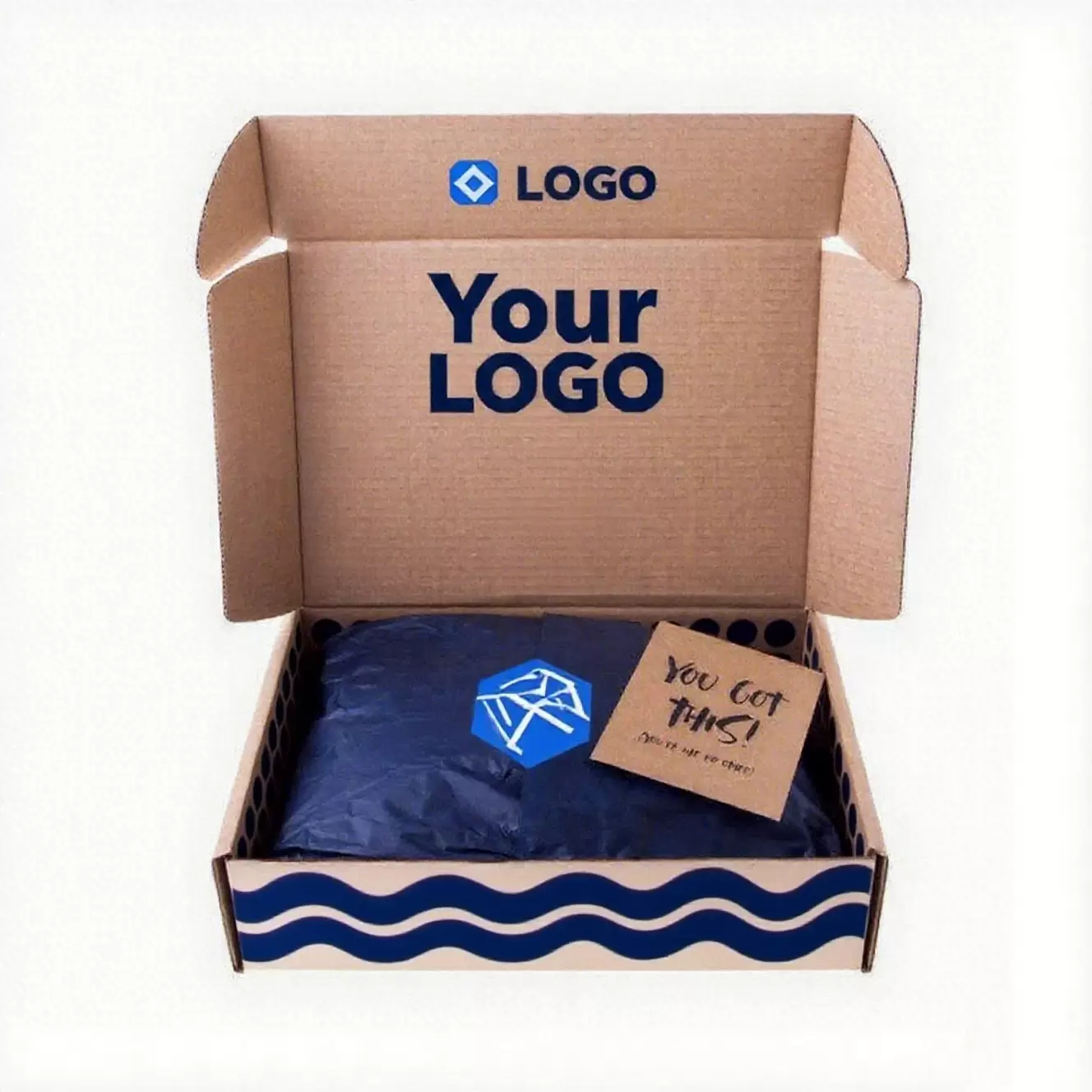
— Features of Customized Clothing Shipping Boxes
1. High Adaptability
The most prominent feature of customized clothing shipping boxes is high adaptability, which can be precisely customized according to the specific attributes of clothing. Exclusive structures can be designed for different categories of clothing: for high-end clothing such as dresses and suits that need to be wrinkle-proof, layered partitions and fixed straps can be customized in the shipping box to prevent wrinkles caused by displacement and friction during transportation; for small clothing such as children's clothing and underwear, the shipping box can be designed as a compact stacking specification, with partitions inside, which can prevent clothing from mixing and maximize the use of space.
2. Diverse Material Choices for Shipping Boxes
The basic models mostly use high-strength corrugated paper or cardboard, which is moderately cost-effective and has strong pressure resistance, suitable for conventional clothing transportation; for rainy areas or scenes requiring long-distance transportation, waterproof coated cardboard is used. can be selected to effectively block moisture, dust, and even light splashing, protecting clothing from moisture and deterioration; high-end customization can also use a combination of lightweight hard plastic and paper, taking into account both environmental protection and durability.
3. The Appearance and Functional Design Have Both Practicality and Brand Attributes
The surface of the shipping box can present rich content through printing, hot stamping, UV, and other processes. In addition to the brand logo and slogan, it can also mark the clothing material, washing instructions, transportation warnings (such as "do not squeeze" and "moisture-proof and sun-proof"), and other information, which is convenient for logistics identification and can strengthen brand awareness. The structure supports flexible innovation, such as adding foldable handles for easy transportation, using a snap-on sealing design to improve sealing, or designing a reusable clamshell structure to enhance the secondary utilization value.
4. High Production Flexibility
The production scale can be flexibly adjusted according to the order volume. Small batch customization can meet the personalized needs of niche brands or e-commerce stores. Large-scale production can control costs through standardized processes and adapt to the needs of clothing companies of different sizes.
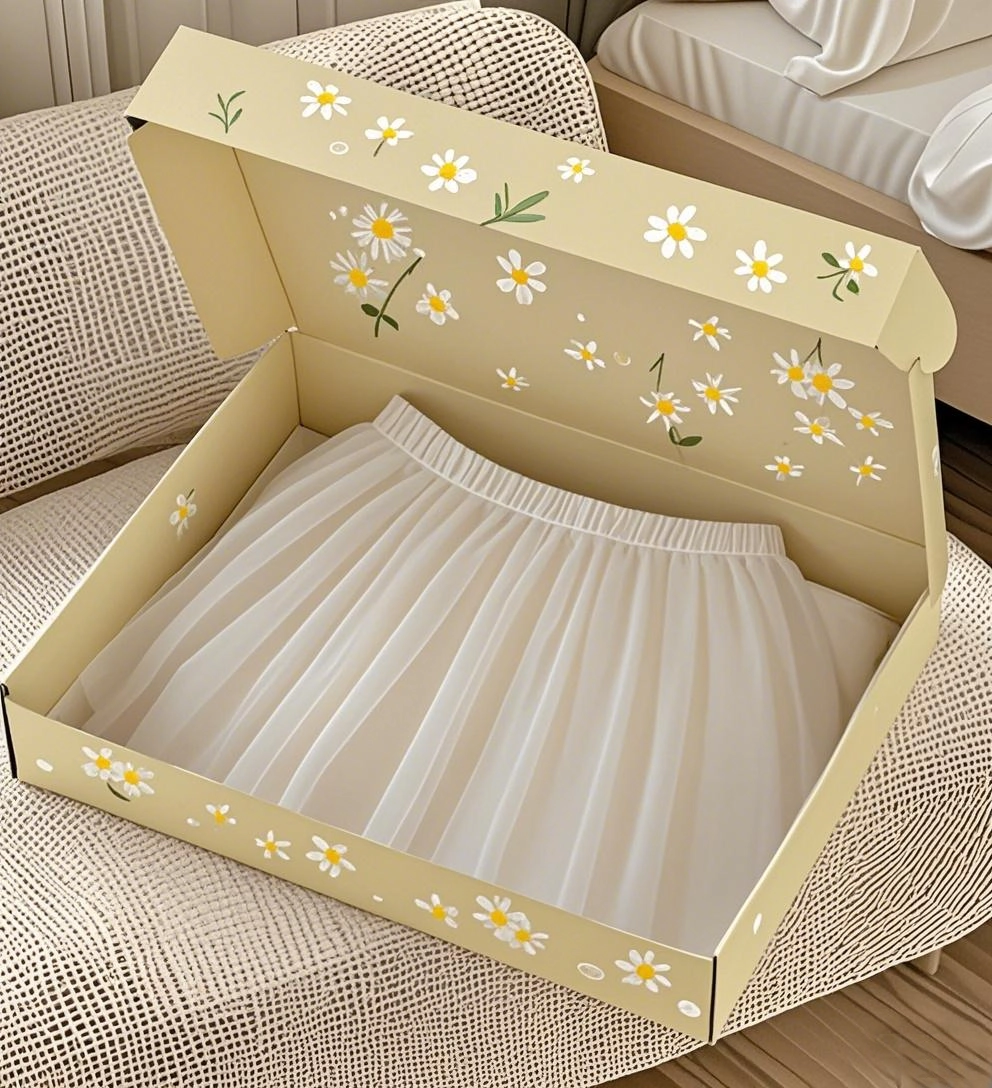
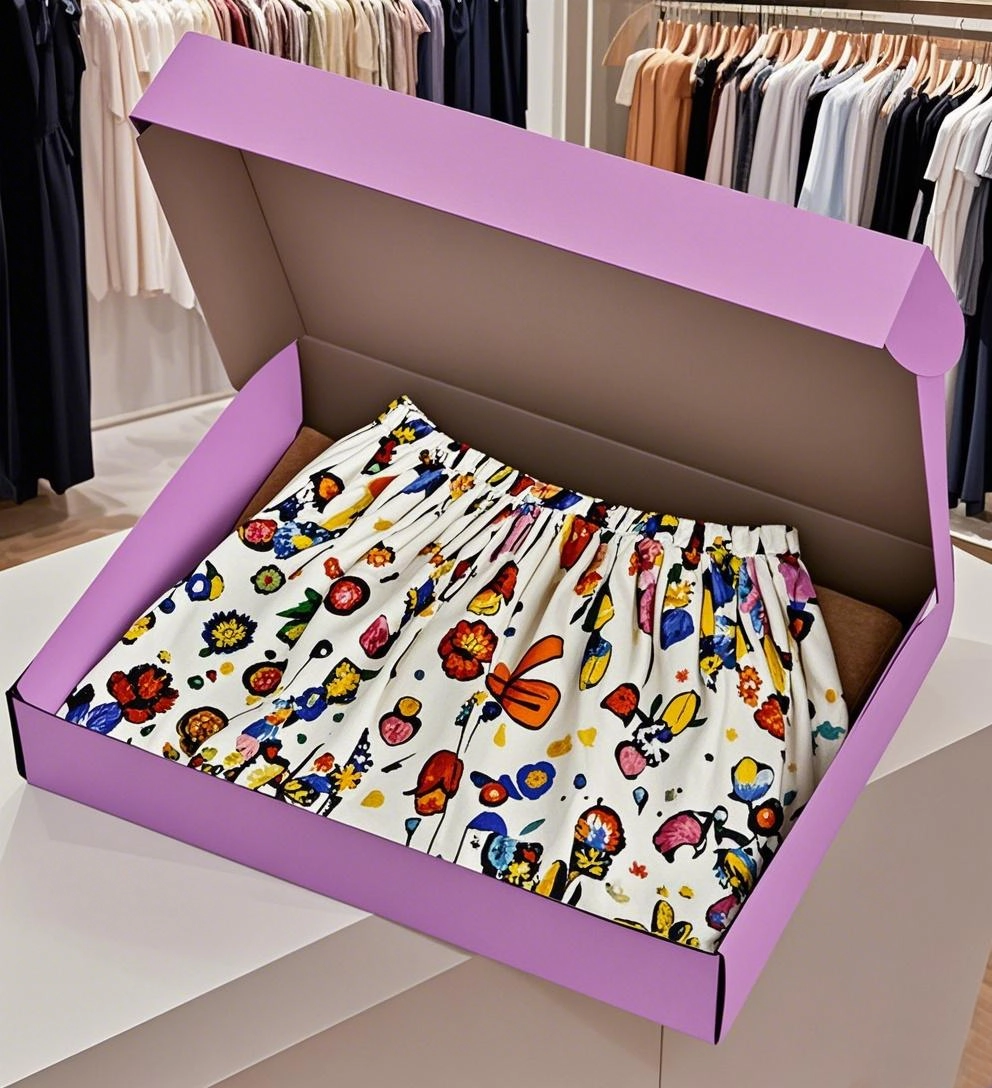
— Advantages of Customized Clothing Shipping Boxes
1. Targeted Improvement of Protective Performance
Customized clothing shipping boxes show multi-dimensional advantages in the clothing logistics link, which is first reflected in the targeted improvement of protective performance. Compared with general transport boxes, it can design protective structures according to the material and pattern characteristics of clothing—for example, for vulnerable fabrics such as wool coats and silk dresses, the box wall can be thickened, and built-in cushioning cotton or air bags can be used to reduce extrusion deformation during transportation; for moisture-sensitive clothing such as leather jackets and down jackets, waterproof materials and sealing strips can be used to effectively block external moisture, reduce the risk of mildew, and reduce the clothing loss rate from the root.
2. Significant Advantages in Logistics Cost Control
Its design that accurately matches the size of clothing can greatly improve loading efficiency. Under the same transportation space, customized shipping boxes can reduce 20%-30% of invalid gaps, avoid the waste of "large boxes for small items" caused by the size mismatch of general boxes, and reduce the number of vehicles or containers used for a single transportation. At the same time, lightweight customization of the box (such as the use of high-strength lightweight materials) can reduce the overall weight, especially in scenarios such as aviation and express delivery that charge by weight, which can directly reduce logistics costs.
3. Invisible Carrier of Brand Penetration
For brand development, customized shipping boxes are invisible carriers of brand penetration. The brand logo and visual elements on the surface of the box can reach multiple scenes, such as warehouses, express delivery points, and consumers, along with the logistics links, forming a "mobile billboard" effect. For example, high-end clothing brands can highlight the texture of the logo through hot stamping technology, and fast fashion brands can use bright colors and trendy patterns to strengthen brand memory points while improving brand recognition and conveying brand tone.
4. Flexible Adaptability
In addition, its flexible adaptability meets diverse needs. Whether it is a small-batch trial production and transportation of a start-up clothing studio or a large-scale warehousing and distribution of a large clothing company, customization can be achieved by adjusting the box specifications, materials, and structure. In response to the “instant large orders” from e-commerce live broadcasts, easy-to-open packaging structures (such as tear strips and Velcro) can also be designed to shorten consumers’ unpacking time, improve the receiving experience, and indirectly enhance brand favorability.
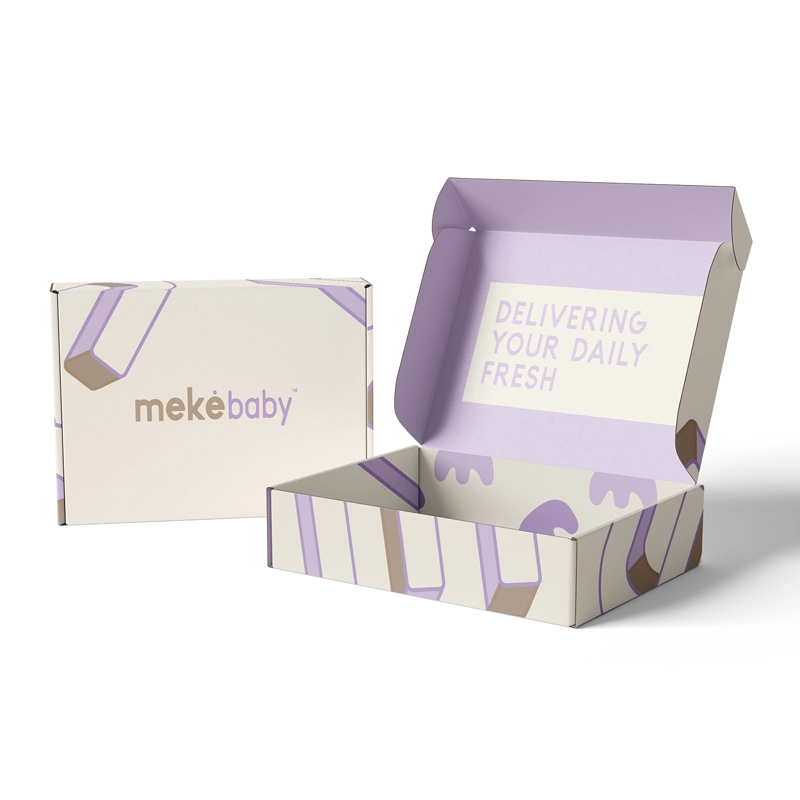
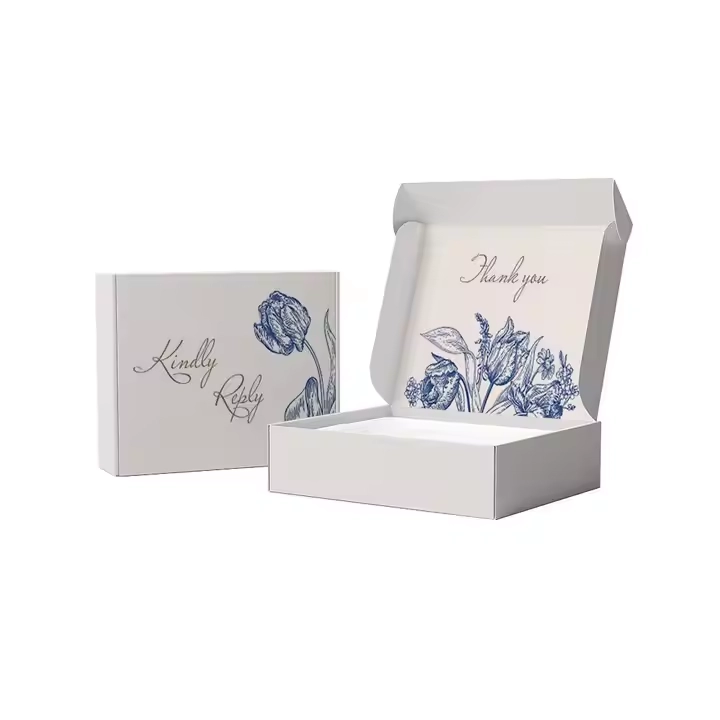
— Selling Points of Customized Clothing Shipping Boxes
Accurate protection of clothing is one of the core selling points, which can minimize transportation losses, keep the clothing received by customers in good condition, and improve customer satisfaction. The brand promotion function is outstanding. The brand elements on the box can convey brand information throughout the entire logistics chain, deepen consumers' impression of the brand, and play a subtle marketing role. Efficient space utilization is also a highlight. Reasonable size and structural design can reduce transportation and storage costs and save money for enterprises. In addition, customized services can meet the personalized needs of different customers. Whether it is a small online clothing store or a large clothing company, they can find a suitable transport box solution for themselves, reflecting the professionalism and dedication of the brand. Moreover, some customized shipping boxes made of environmentally friendly materials are in line with the concept of green development, can demonstrate the company's social responsibility, and win the favor of consumers.

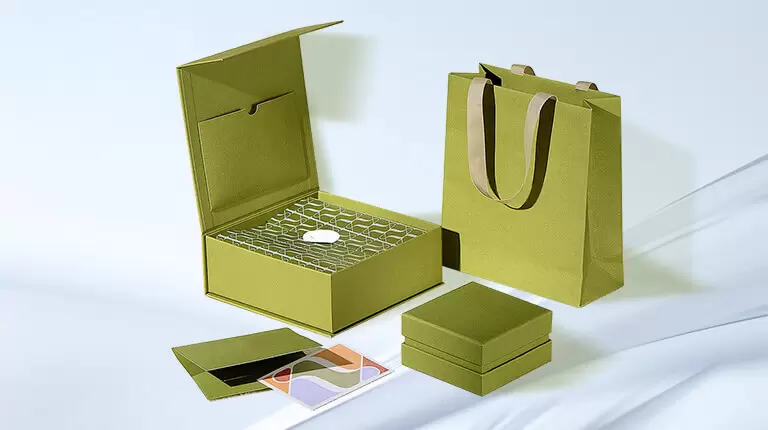
-
 Wechat
+8613616008761
Wechat
+8613616008761 -
 Email
Email
-
 Tel
+86-136-1600-8761
Tel
+86-136-1600-8761

 en
en es
es ru
ru fr
fr de
de it
it ja
ja ar
ar pt
pt ko
ko tr
tr nl
nl fi
fi